
OTEMAE COFFEE Produced by CAFEC
OTEMAE, also known as the Japanese culture “Way of the Tea”, means the series of performance at a Japanese tea ceremony. Even if it's only one cup, we want the guest to enjoy it to the utmost. Therefore, we put all our heart into all preparations, movements, and presentations as “OTEMAE”.
Also, from the guest’s side, the guest appreciates the thoughtfulness of the host and feels heartfelt gratitude. Japanese tea ceremony values this heart-to-heart exchange between the host and guest and this is really an important part of Japanese culture that is treasured all the way up until now.
The main purpose of OTEMAE is to have you enjoy the hospitality alongside the tea with all your heart and gratitude.
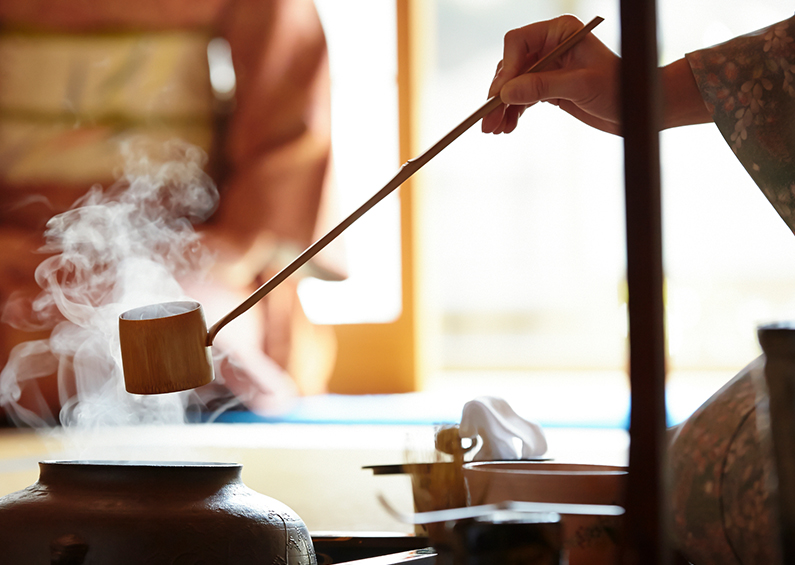
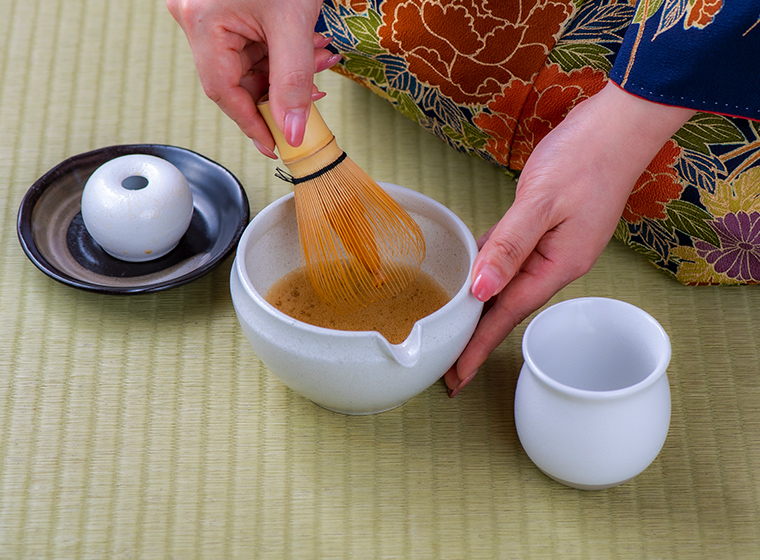
Pour the hand-drip coffee into a tea-bowl and whisk it with a tea whisk or “chasen” to let in air. When air gets mixed, the coffee turns to a mellow taste.
If you want to keep the sharp taste characteristics of specialty coffee, just add air in small amount, and if you want to emphasize the mellowness, whisk well. By including air, the temperature of the coffee can be adjusted to a suitable temperature that is not too hot. *it is said that adding 30 °C to the human body temperature, is the optimum temperature to feel deliciousness.
Pour the coffee into a special “taste cup”. The shape of the "taste cup“ firmly confines the aroma and keep along the lips of the mouth, and is designed so that coffee hits the best position of the tongue that feels mellowness. This is the way to drink coffee more deliciously while holding the cup with both hands and by enjoying it mindfully.

The “foam" formed by being shaken up in OTEMAE way are natural oil in coffee that is foamed by carbon dioxide included in coffee ground; called “crema” for espresso.
The “foam” works for;
- 1)To adsorb certain components and fine powder by the phenomenon named “foam separation”.
- 2)To prevent unpleasant taste from being dissolved in the coffee liquid.
- 3)To keep the flavor with foam.
- 4)To feel less unpleasant taste by smooth texture of the foam itself.
The“foam" is a sign to show that the coffee beans are fresh-roasted.
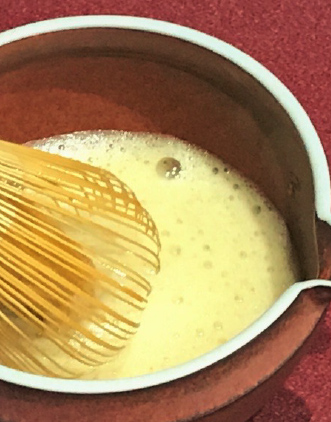
The pottery made in the Mino area (present Gifu prefecture) is called Mino-ware or Mino-yaki in Japanese. The history spans over 1,300 years and holds the largest production of ceramics in Japan. Mino-ware continues to flexibly meet the demands of the times, and is said to be special because it does not have one particular pottery style! There are over 15 different styles of Mino ware, and notables ones are said to be: "Oribe“, "Shino“ and "Seto".
It is also the Mino kiln where Sen no Rikyu, a renowned master of the tea ceremony, made tea-ware that reflects his own idea of the tea ceremony. And more, among Mino-ware, “Oribe”, which was based on the aesthetics of Oribe Furuta who is the root of the Oribe tea ceremony, is most famous for its innovative patterns. It can be said that Mono-ware has been grown along with the Japanese tea culture.
Mino ware started as “tea-ware” used in the tea ceremony and grew into producing ceramic for daily use. It is said that its ability to mass-produce with new technology is also one of its special features.
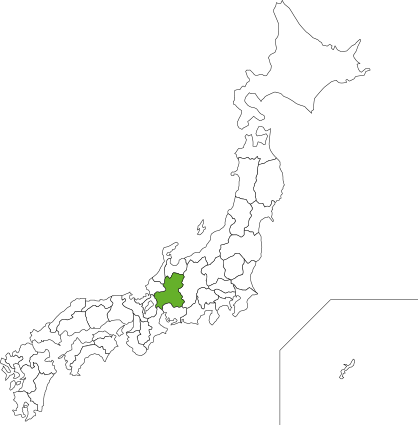
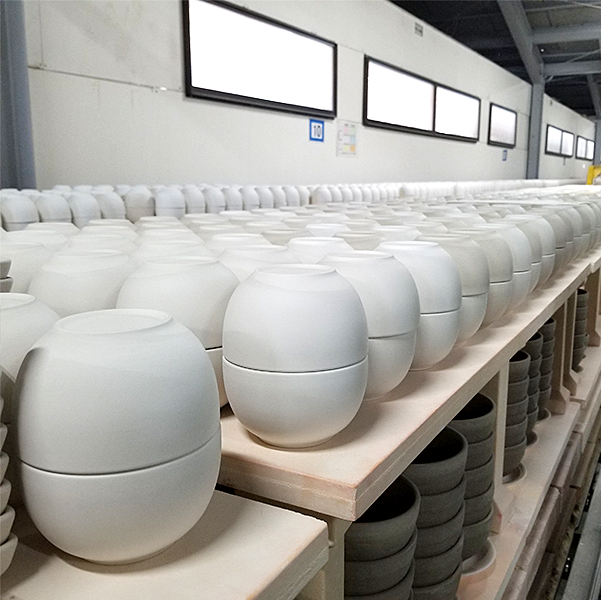
PRODUCTS
-
OTEMAE Coffee series
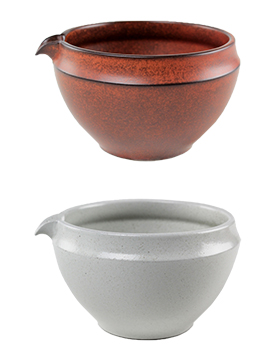
OTEMAE MAROMU Bowl
[OMB-2R] (Red) / [OMB-2W] (White)
20pcs/ctn